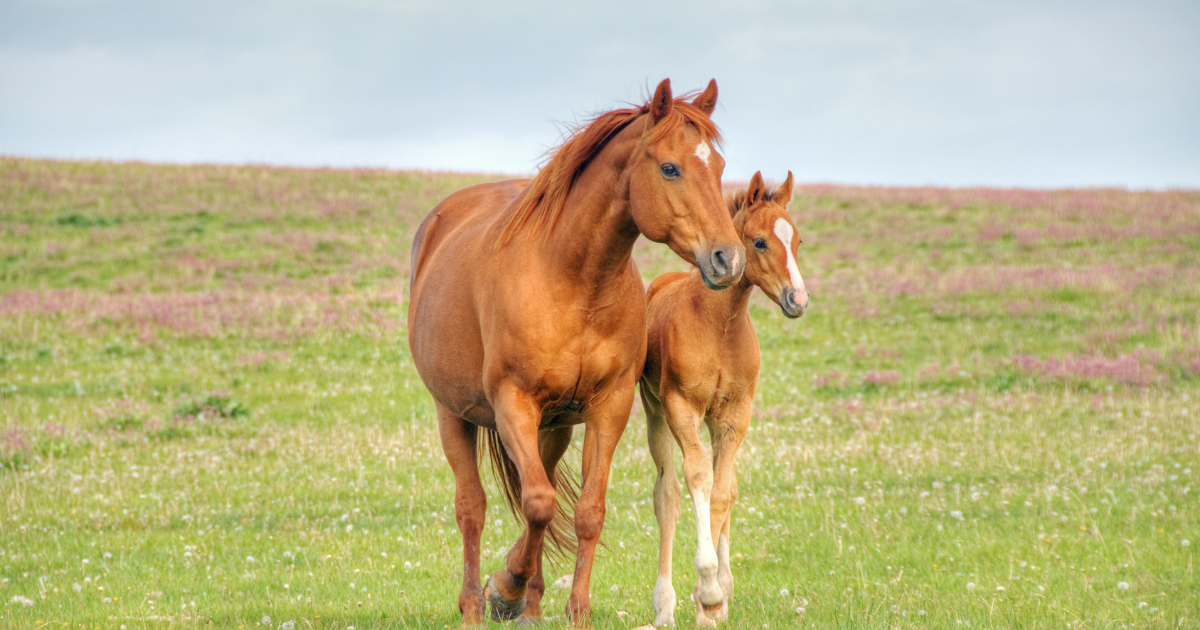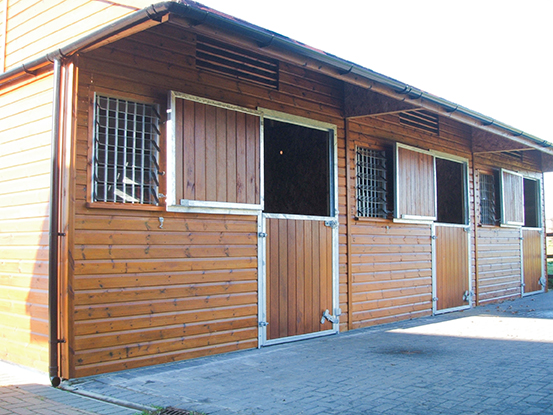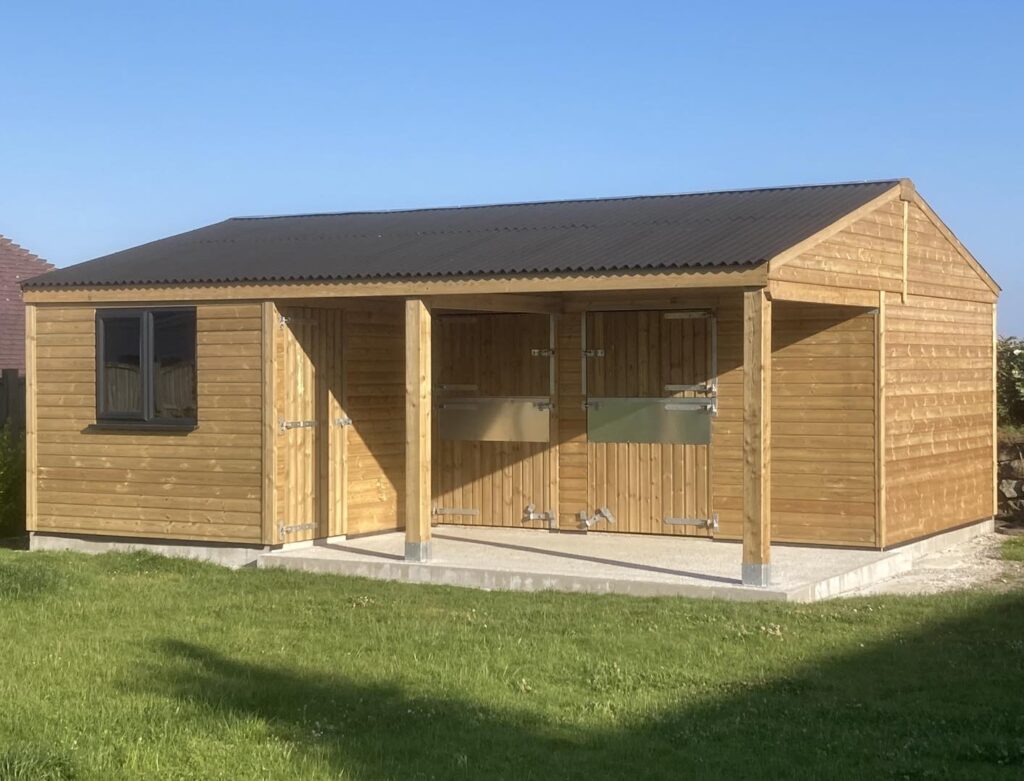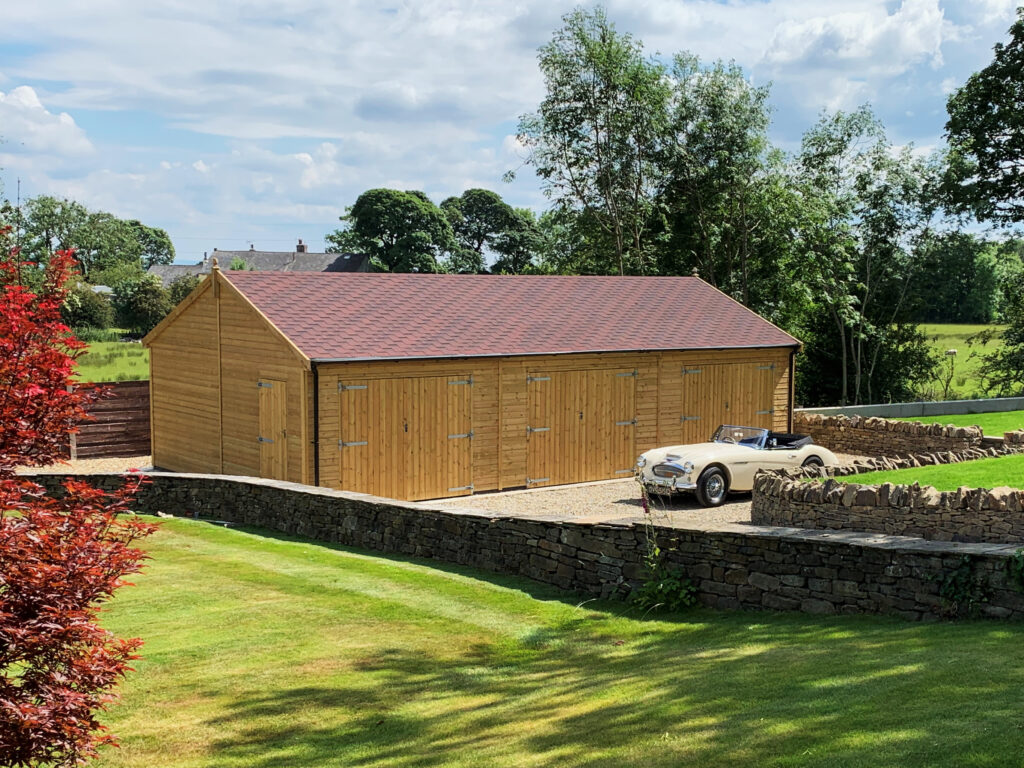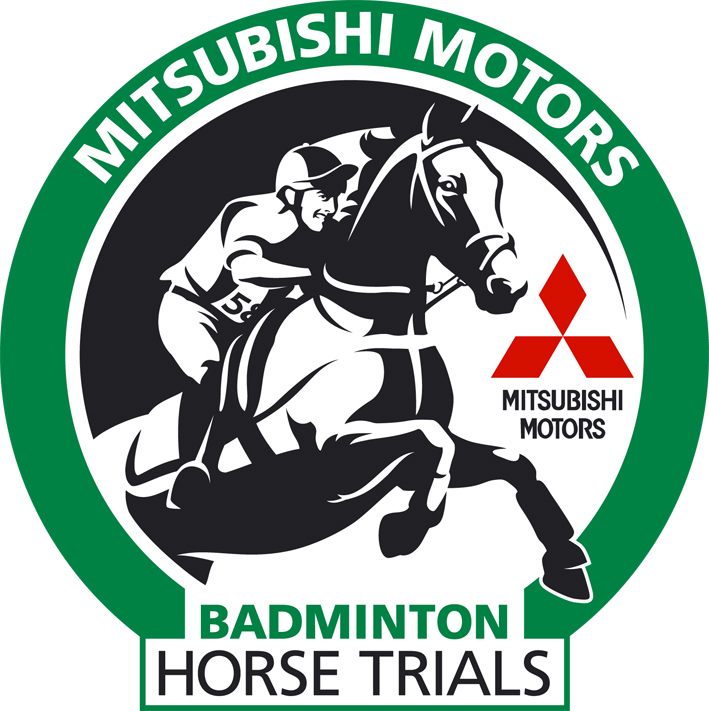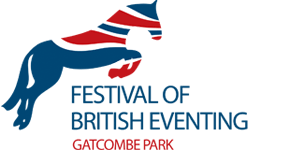It’s officially spring! The clocks have gone forward, the day is getting longer, and everything looks greener. But those who own horses may have begun noticing undesired changes in your horse’s behaviour. They may seem a bit anxious, nervous, and even act a little silly. This is known as “Spring Fever.”
So, what causes “Spring Fever”?
After long colder months, in spring, grasses grow quicker, and because of this, spring grasses are often known to be loaded with more sugars content. Consumption of these grasses can result in sugar hits for some horses. This may sometimes cause horses to feel “fresh” and act hot and silly. “Fresh” is a term used to describe horses acting exuberant and even a bit wild.
Combine this with other changes such as the changes in weather, coat, grooming, feed, and other day-to-day routines; your horses are experiencing many changes, which is understandable when you notice a shift in the way they react and behave.
So what does Spring Fever look like?
Some of the signs of spring fever in horses include:
- Horses may be tense and not be able to concentrate
- Horses may be easily spooked
- Horses may start bucking
- Horses maybe stiff over the back and hindquarters
So, what can horse owners do if their horses show the signs of “spring fever”?
Spring fever is a seasonal thing and sometimes may be unavoidable. However, there are a few things you, as a horse owner, can do to help make things a little manageable.
- Supplements
Spring grasses are also known to contain a high amount of potassium, a mineral salt. Excessive potassium intake is known to reduce magnesium absorption, which is essential for muscles and nerve function in horses. At the same time, magnesium deficiency is known to increase anxiety and nervousness in horses
Consider adding magnesium supplements to your horse’s diet. This will help maintain normal blood serum levels, keep them calm, and reduce behavioural issues such as anxiousness and over-excitement.
How much supplement you feed your horses will depend on your horse’s body weight and lifestyle, so please ensure that you check with your veterinarian to ensure you are giving them the correct doses.
- Avoid grazing on spring grasses
Horses, especially if they are overweight, foraging on fresh grass can cause laminitis. To avoid this, restrict fresh grass intake. The safest options would be to feed them mostly persevered forage such as hay and limit fresh forage. Ensure the hay you provide your horses is of good quality and not contaminated with mould.
If you are introducing your horses to fresh pasture, make it gradual. You do not want to upset their digestive system with a sudden change from hay to fresh pasture, as this can also cause other problems such as colic and diarrhoea. Limit the grazing time to 15 minutes, to begin with, and increase it each day by adding another 15 minutes. Grazing muzzles and field fences can also be considered to limit their grazing and prevent overeating.
- Prepare
Safety first, so make sure you are careful around horses showing signs of spring fever. Get them moving and exercising, so all that energy is released.
Make changes to their diet and routine as slow and gradual as possible, including their pasture turnout time. Fewer and gradual changes mean less stress and anxiety for them.
Lastly, have regular health checks with the veterinarian. Check their weight, dental health, see if they need any vaccinations, wormings, or supplements, and see if they require any blood checks. This will ensure that your horses are healthy and comfortable for the rest of the spring and the upcoming summer.
Comfortable home for horses
As we now enter spring and get close to summer, it is time for you to start preparing and maintaining your horse’s home. If you are looking for a brand-new home for your horses, want to extend, or require maintenance work to your already existing buildings, Jon William Stables can help!
We have over 50 years of experience in manufacturing high-quality equestrian buildings. Our ranges include timber stables, American barns, mobile and static shelters, hay barns, and more! Browse our website to see more!
